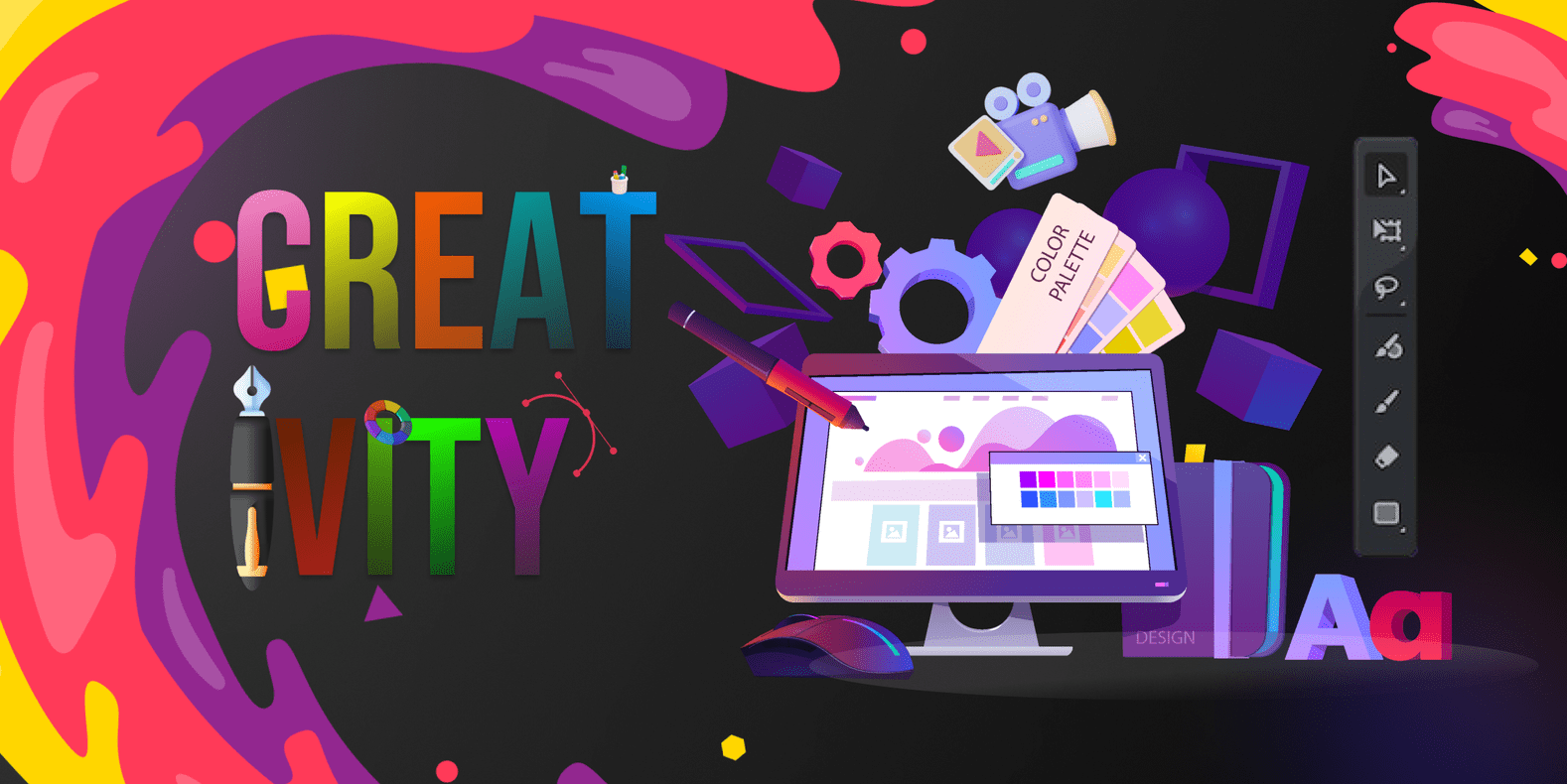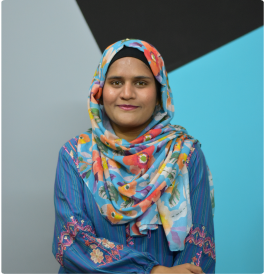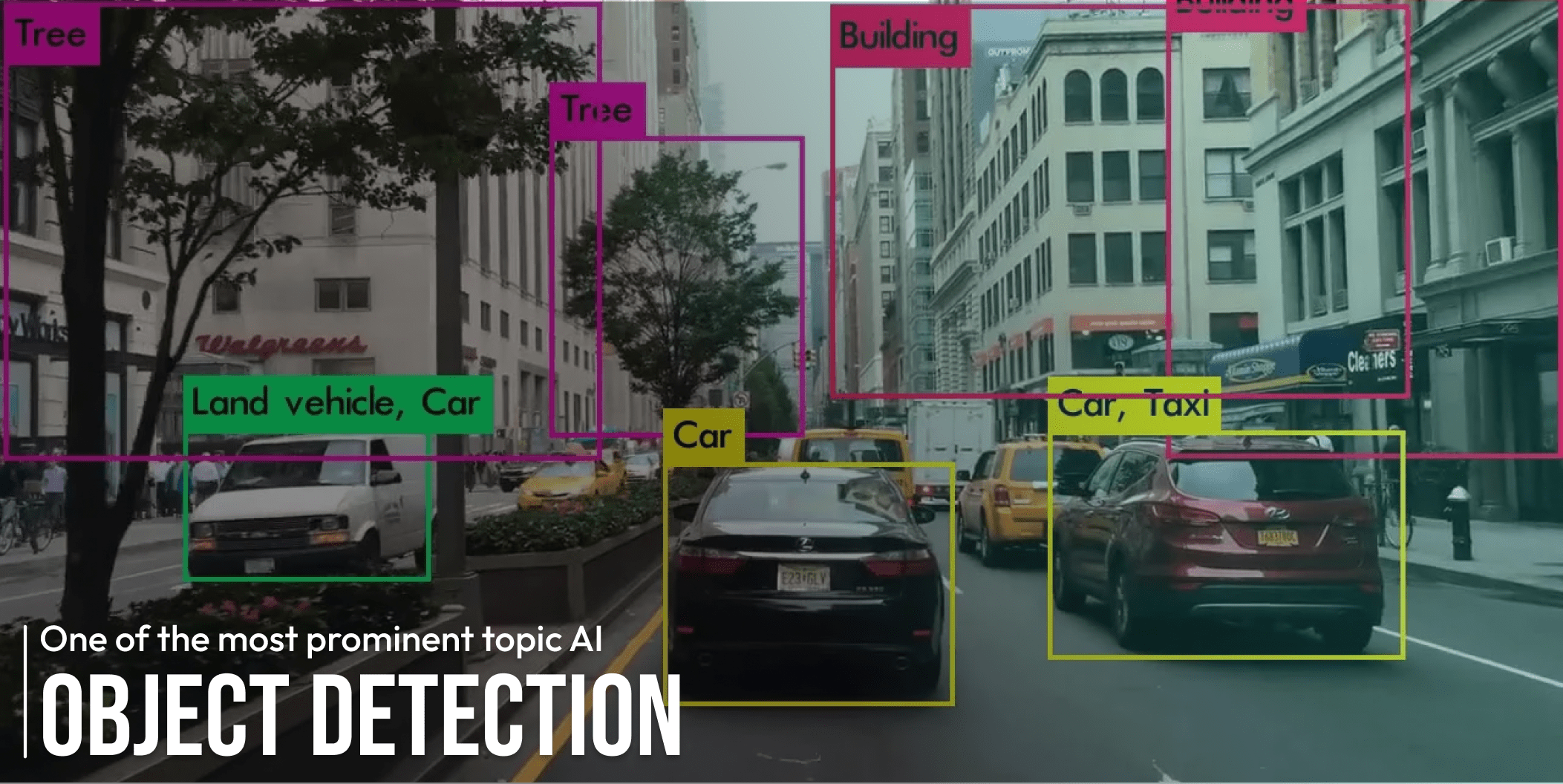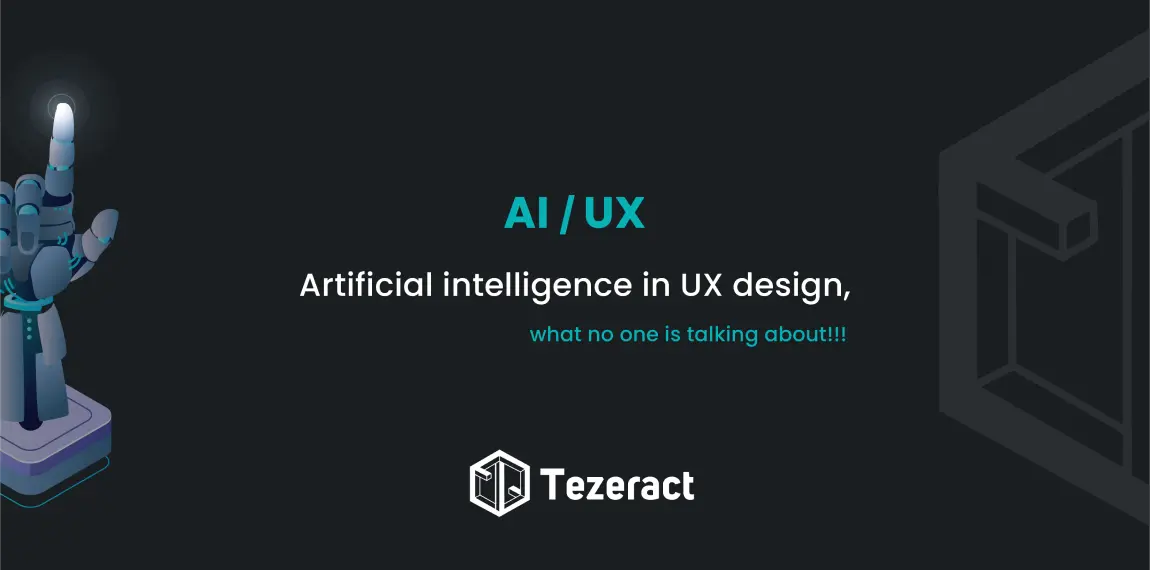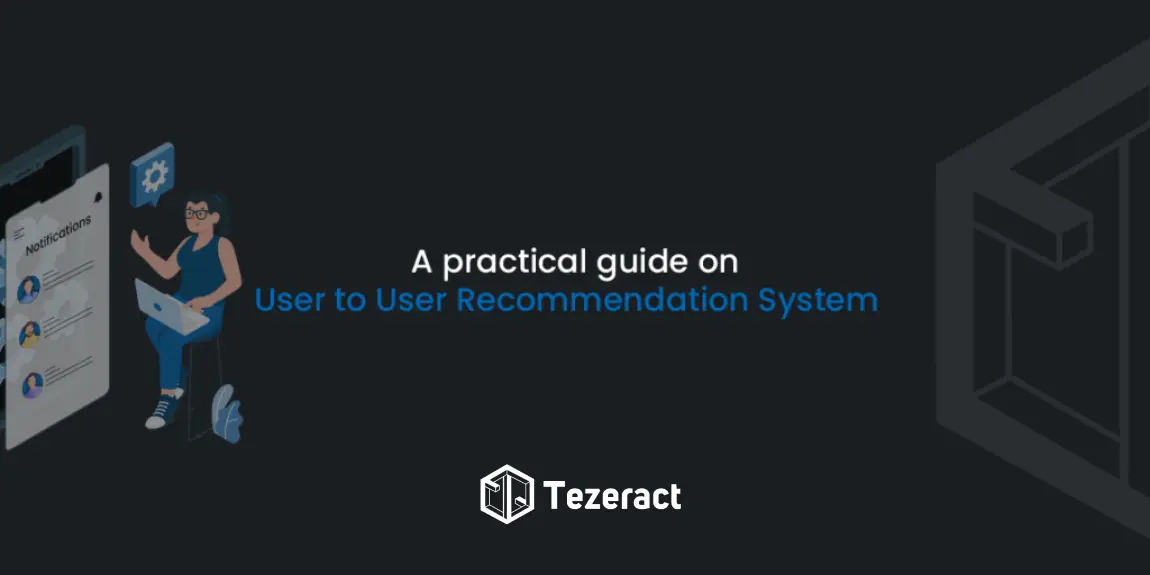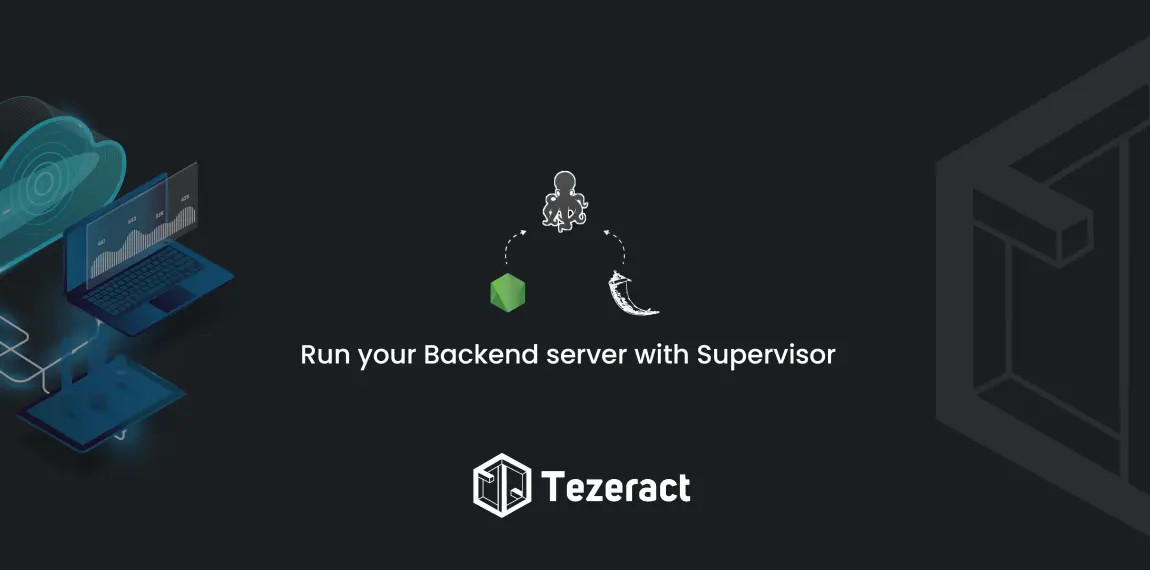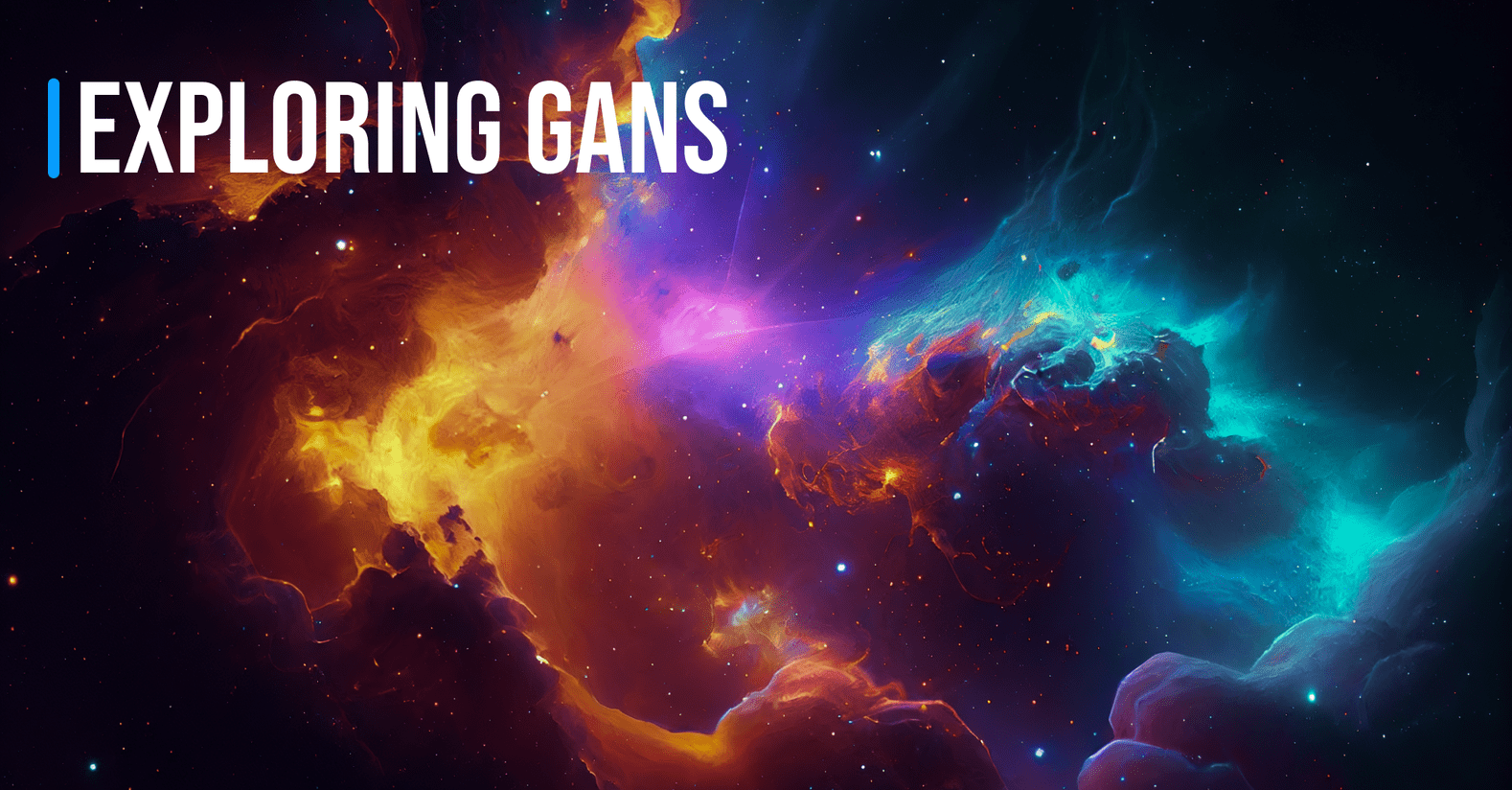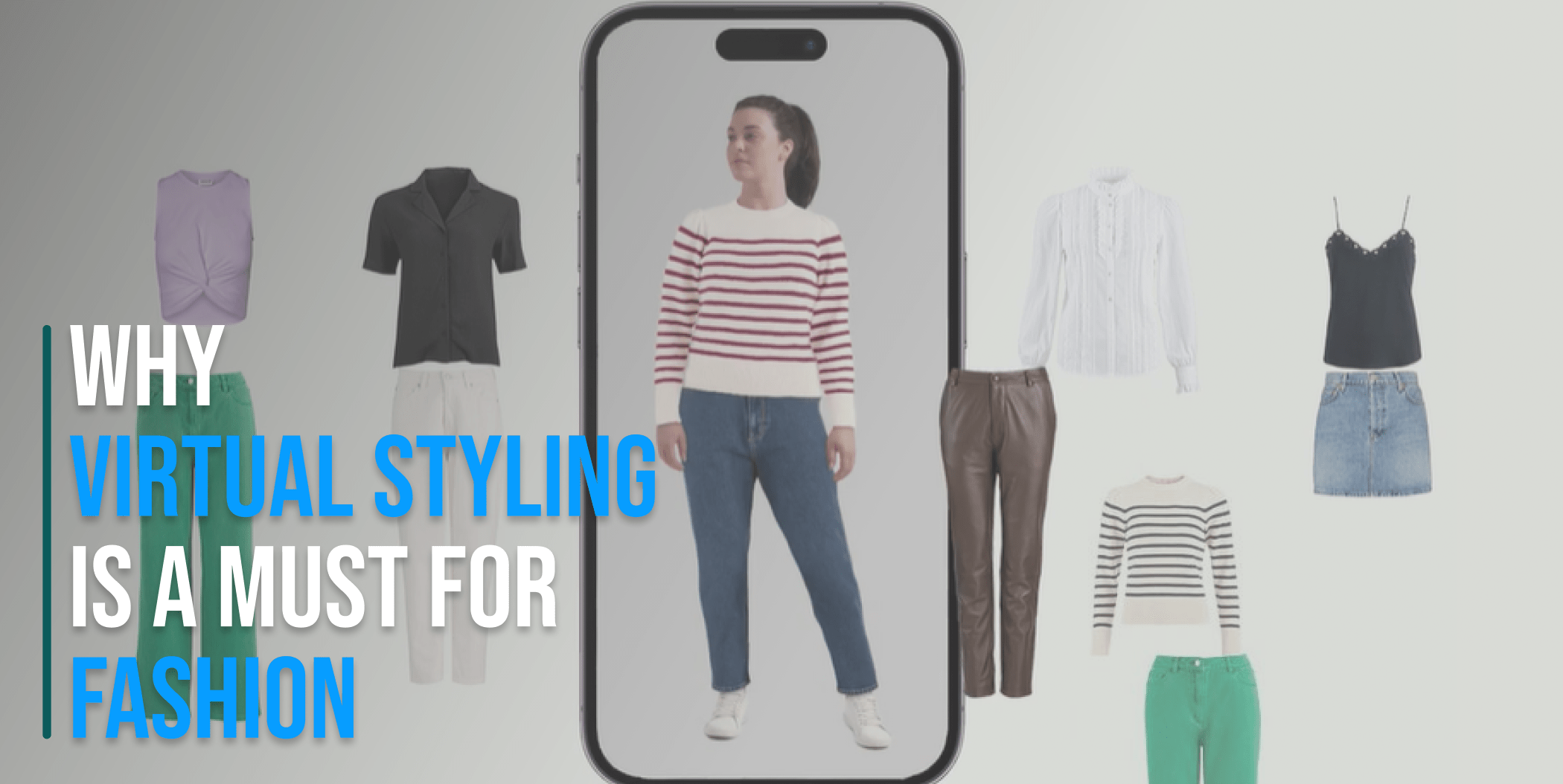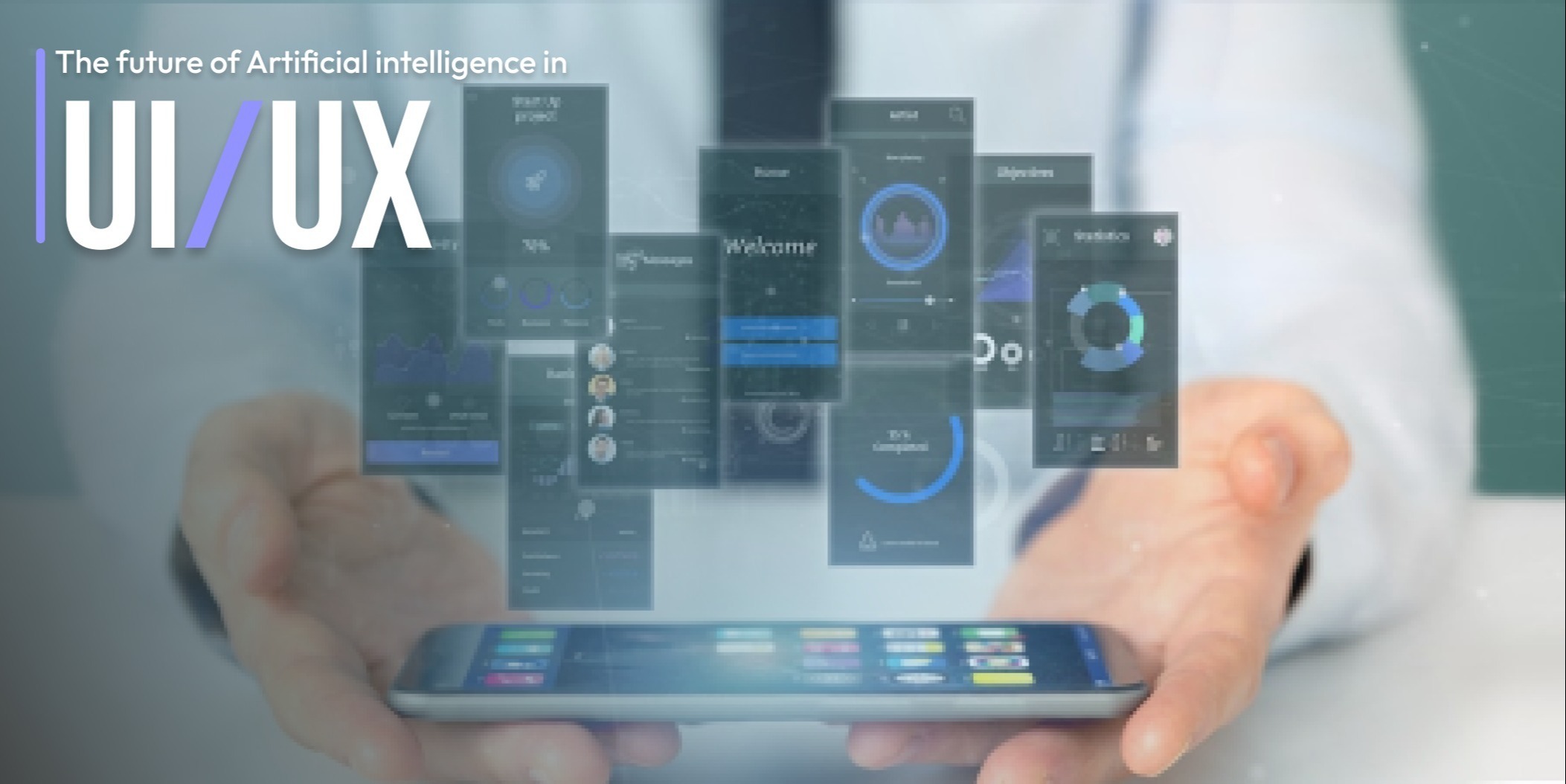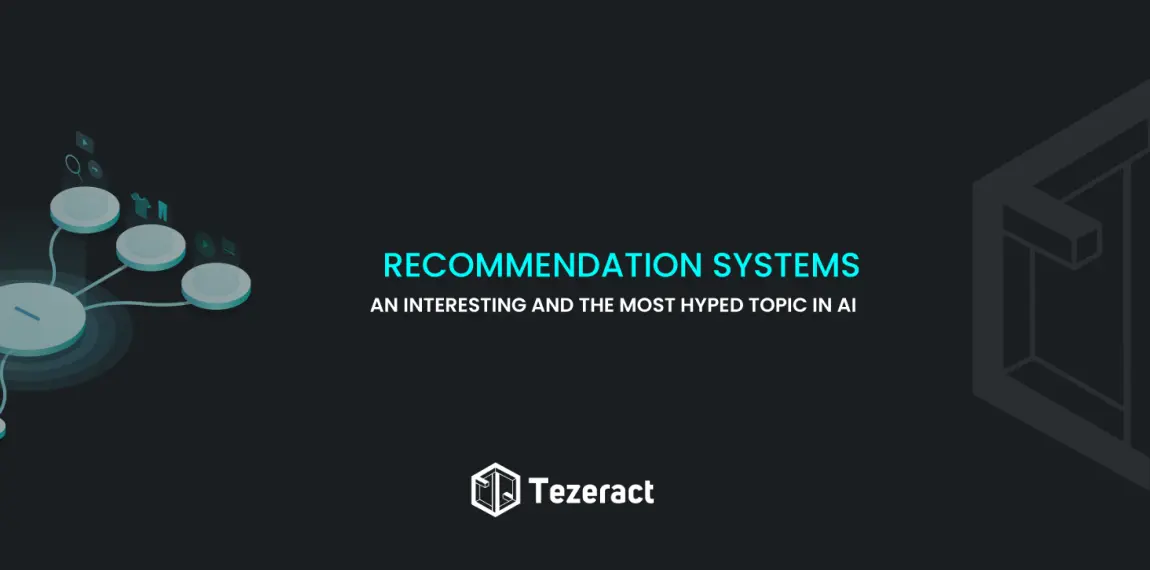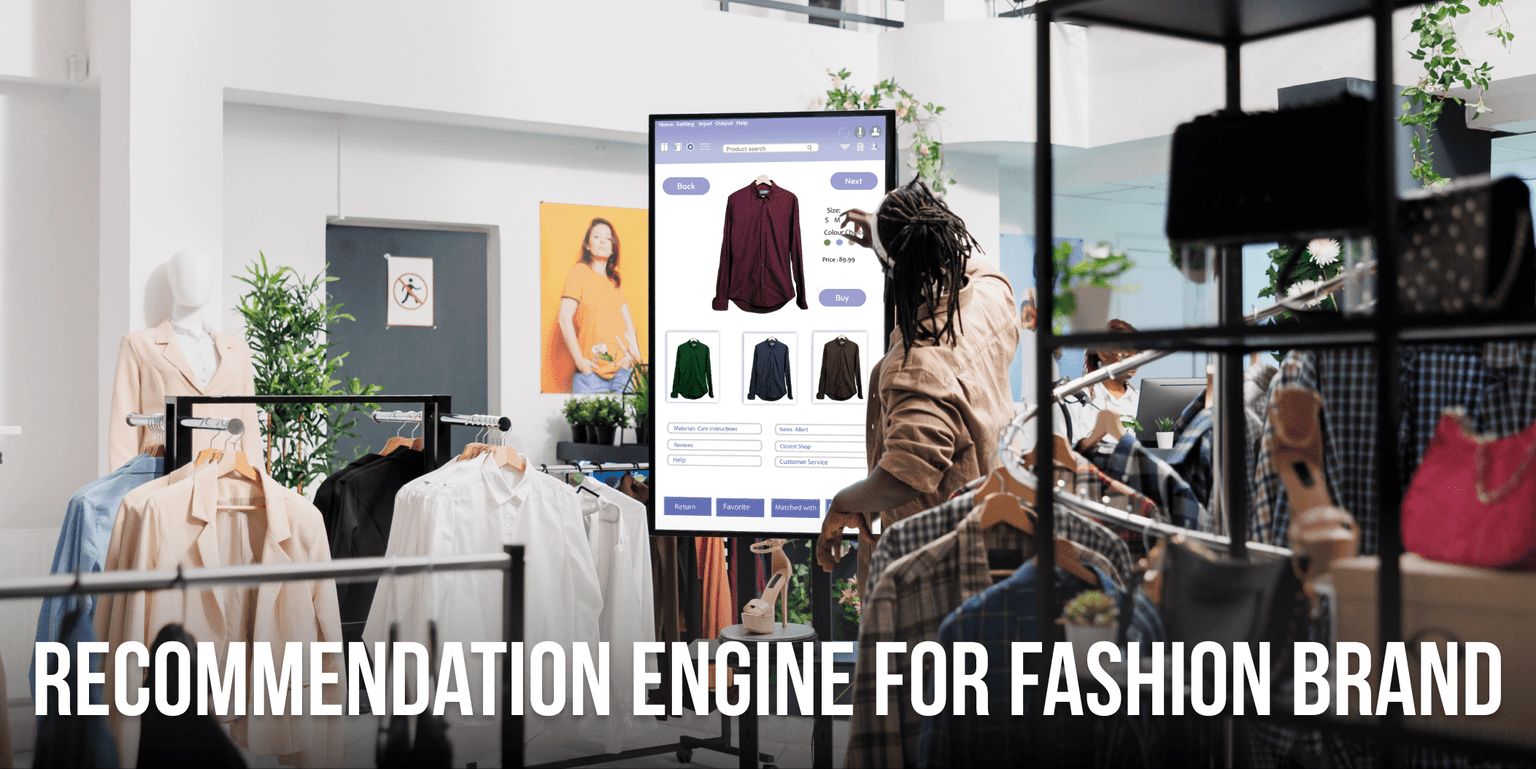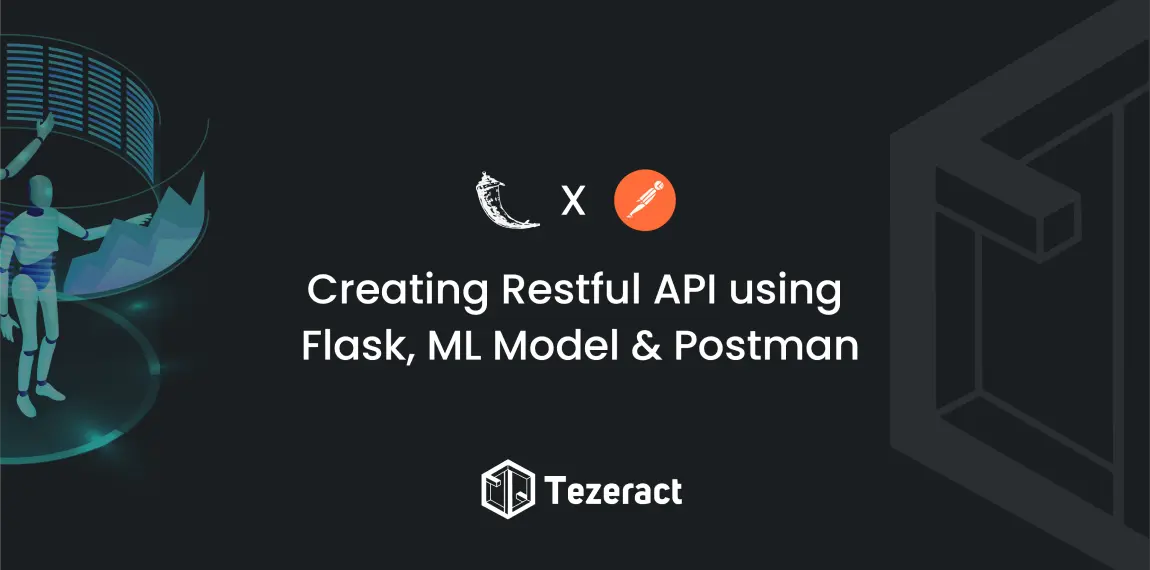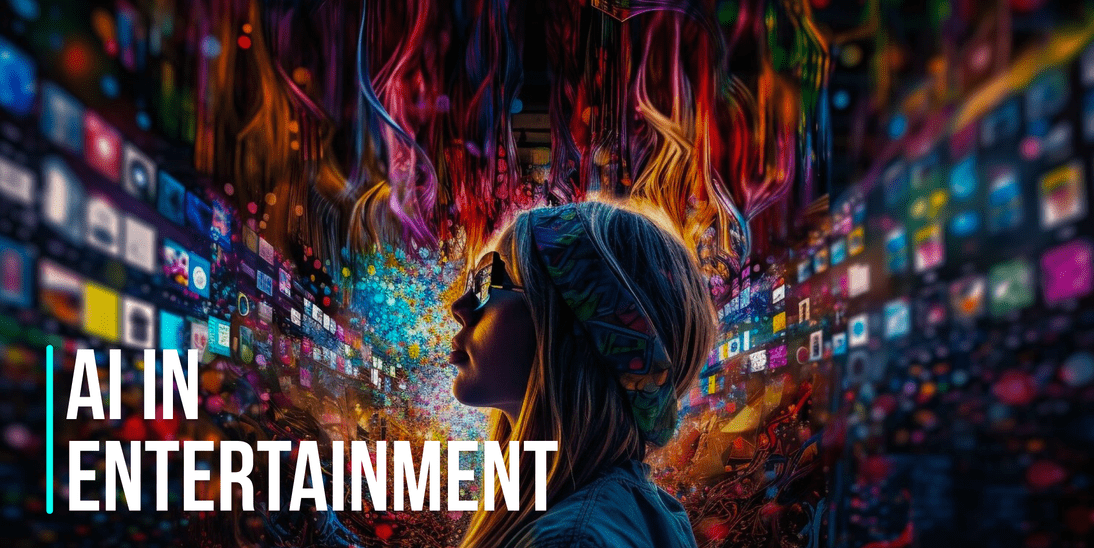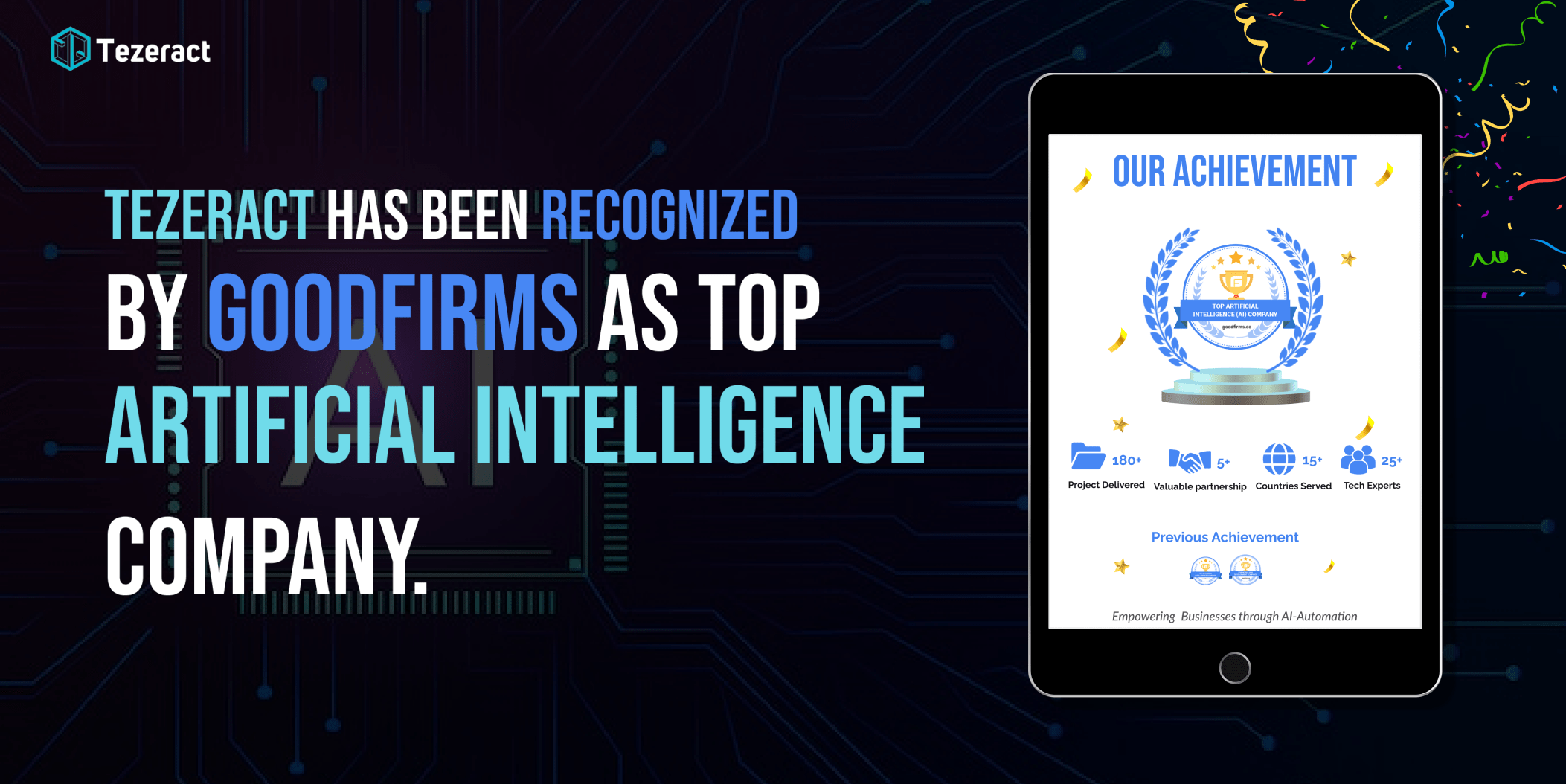Introduction
Hey there! Have you ever wondered how AI is shaking up the creative process? what new AI apps are popping up that can help us be more creative? And can AI totally change how we think about creativity or is it just a tool to make our existing creative processes better?
These are all questions that probably pop into your head all the time if you’re an artist, designer, writer, filmmaker, musician, or work at a creative agency. And that makes sense.
Because of AI, the world of art and media is constantly changing. AI has become a really important tool for creative studios and agencies in this tech-savvy world.
In this article, we’ll take a closer look at how AI is helping creative studios and agencies unlock their creative potential and work faster.
So, let’s dive into some cool insights!
AI in Creative Industry
In today’s ever-changing world, artificial intelligence (AI) is like a chameleon, always evolving and adapting. Big companies like Amazon, Google, Adobe, and OpenAI are all using AI to make their stuff better and easier to use.
AI is also a big deal in the creative world. It’s helping designers, artists, and other creative folks break out of their boxes and try new things. From designing products to making music, AI is opening up a whole new world of possibilities.
Let us talk about some of the advantages and use cases in the creative agencies
AI in Graphic Design
AI revolutionizes graphic design by offering layout suggestions, color schemes, and font combinations, while automating tasks like background removal and color correction. Designers leverage these capabilities to automate repetitive tasks and receive design suggestions, generating visual assets such as logos or graphics based on predefined criteria. Additionally, AI analyzes user preferences and historical data to recommend design elements likely to resonate with the target audience, enabling more informed design decisions.
AI in Content Creation and Copywriting
AI can be used to generate content for a variety of creative purposes, such as writing content marketing materials, social media posts, and blogs, designing graphics, creating animated videos, and even composing music or creating original works of art. AI can personalize content by tailoring messages to individual user preferences and behaviors, as well as optimize it by recommending improvements based on data insights, such as headline variations or image selection.
While artificial intelligence-generated content may not completely replace human creativity, it can serve as a starting point or source of inspiration for further creative exploration.
AI-powered photo and video editing
AI-powered photo and video editing has revolutionized visual content creation. These tools automate tasks like color adjustments, background removal, and filter applications with remarkable accuracy. In video editing, AI streamlines processes such as scene selection, transitions, and visual effects, exemplified by projects like Peersuma from Tezeract.
Additionally, AI generates realistic animations and special effects, while in photography, it organizes images and produces generative art through tools like Photosthetic. Moreover, AI algorithms enhance image quality by reducing noise, adjusting lighting, and improving clarity, as seen in Photoretouch. These advancements enable users to create stunning content effortlessly.
AI in Film making
AI streamlines pre-production processes with automated storyboarding, visualizing scenes and planning shots effortlessly for film and animation projects. Through script analysis and optimization, AI empowers writers to refine narratives by identifying pacing, tone, and character development nuances. Additionally, AI-driven motion capture systems revolutionize character animation and can create lifelike virtual environments, generating realistic movements that save both time and resources in the animation pipeline.
AI in Marketing and Advertising
AI revolutionizes advertising and marketing, enabling personalized experiences by analyzing user behavior and preferences. It segments audiences effectively, targets campaigns precisely, and dynamically personalizes ad content in real time. AI’s data analysis capabilities provide valuable insights for trend analysis and strategy refinement. Additionally, it gauges consumer sentiment and feedback on creative campaigns, enhancing audience connection.
AI in Fashion Design
AI has revolutionized the fashion industry by streamlining various stages of the fashion lifecycle. Through predictive trend analysis, AI utilizes social media data, historical fashion trends, and runway collections to forecast upcoming styles, aiding designers in crafting trend-conscious designs. Additionally, AI’s face-swapping techniques assist designers in model selection and casting by providing visual simulations of how different models would look wearing their creations, facilitating informed decisions aligned with brand identity. Furthermore, AI-powered virtual fitting rooms, exemplified by tools like Deepduck, enhance the online shopping experience by enabling customers to virtually try on clothes, accessories, and makeup, thereby reducing product returns and improving overall customer satisfaction.
Addressing Industry Concerns
Although artificial intelligence (AI) has enormous potential in the creative industries, there are concerns that it will eventually supplant human creativity. However, the reality is that AI exists to help and support humans, not to replace them.
AI can be a valuable asset for the creative industry because it can automate mundane tasks, make personalized recommendations, and assist in the creation of engaging content, increasing efficiency and productivity.
However, creative agencies must strike a healthy balance between using AI as a tool and not relying entirely on it, ensuring that human creativity remains central to their efforts.
Explore How Tezeract is making an impact in the Creative Industry
In a groundbreaking stride towards innovation. Tezeract has emerged as a game-changer in the creative industry with its suite of AI-powered tools, including Peersuma, Photo Retouch, Photosthetic, Doozoo, Picture Perfect and Deepduck. These tools are revolutionizing how artists and creators approach their work, enhancing efficiency, aesthetics, and collaboration.
Future Possibilities and Potential Growth
The creative industries are achieving record-breaking success by leveraging AI’s computational prowess and combining it with human creativity. Creative agencies are using AI to create stunning, original works and tailored experiences. AI allows employees to focus on uniquely human strengths such as ideation, emotional connection, problem-solving, and strategic planning by automating routine tasks and facilitating data-driven decisions. This collaboration opens up new opportunities for designers and artists, allowing them to create captivating designs. As technology advances, new AI-powered tools allow agencies to push creative boundaries, keeping them ahead in a rapidly changing market.
Tips for successfully introducing AI in processes
Initially, focus on pinpointing the precise ways in which AI can improve your creative processes. Whether it’s automating repetitive tasks, generating content, personalizing experiences, or character animation, understanding the potential applications of AI is essential. Once your objectives are clear, you can choose an AI tool.
Choose the Right AI Tools
In order to meet the various requirements of creative studios, there are numerous AI tools and platforms available. Evaluate and choose the ones that align with your objectives, ensuring they are user-friendly and integrate smoothly with your existing workflows.
Create a personalized tool
Whether it is for storytelling, video editing, character animation, or content generation, AI has you covered. You can make custom AI tools that are tailored to your studio’s needs.
In order to meet the needs of your studio or agency, you can also create a customized tool.
Consult a specific vendor
You should consult a specialized AI vendor to improve your creative studio experience or to design AI-powered tools related to your niche. They can empower your creative endeavors and bring innovative solutions to your projects.
Balance AI and Human Creativity
AI cannot independently generate as many results as human creativity. While adopting AI in your creative process, maintain a smooth balance between AI and human creativity. Although AI can offer useful insights and automation, the human touch is what gives creative works their authenticity and emotional resonance.
Stay Updated with AI Advancements
The study of AI is developing quickly. To stay ahead in this constantly shifting environment, keep up with the most recent developments and trends in AI that can help your creative endeavors.
Conclusion
The creative process is changing as a result of AI integration within creative studios and agencies. From automating content generation and enhancing design processes to providing data-driven insights and enabling immersive experiences, AI is reshaping the industry. Businesses and creative professionals can achieve new heights of productivity, innovation, and creativity by embracing AI tools.
While AI has the potential to revolutionize the creative industries, it is crucial to keep an eye on its potential concerns, be aware of its potential advantages and risks, and take into account any ethical and social considerations.
As we embrace the transformative power of AI in the creative design process, it is important to remember that the perfect blend of human creativity and artificial intelligence is what will ultimately drive the most meaningful and impactful design breakthroughs.
So use AI wisely in your creative process.
If you have any queries or want to discuss your idea, let us know
Let’s innovate together

